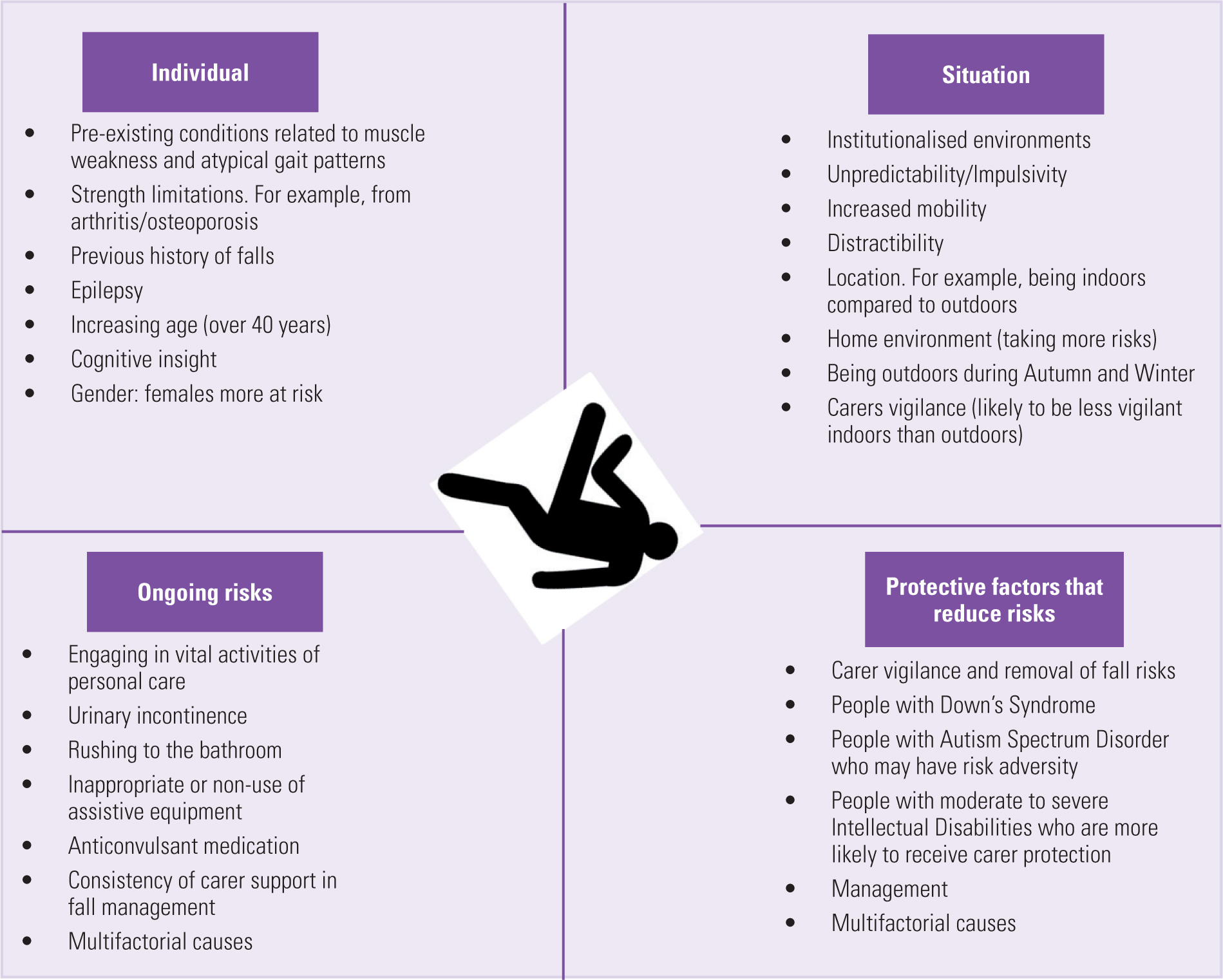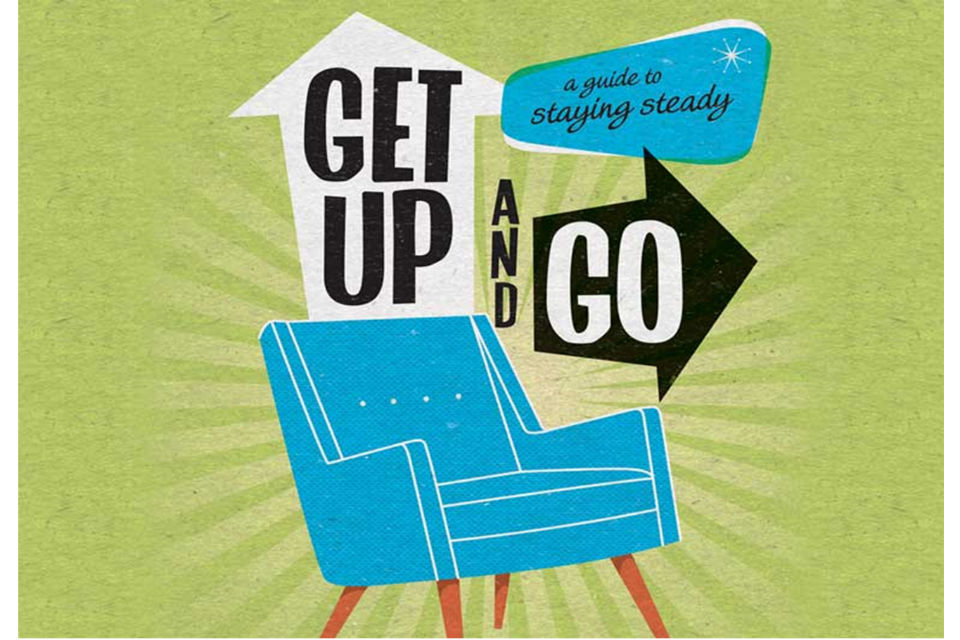Dementia Fall Risk Things To Know Before You Get This
Not known Details About Dementia Fall Risk
Table of ContentsDementia Fall Risk Fundamentals ExplainedThe Buzz on Dementia Fall RiskA Biased View of Dementia Fall RiskNot known Details About Dementia Fall Risk The Greatest Guide To Dementia Fall Risk
Based on indications and signs, such as evidence of head injury or a new focal neurologic shortage, computed tomography or MRI of the mind might be shown. An assessment for root causes of syncope need to be carried out just if there is solid uncertainty, as when it comes to recurring, inexplicable falls
Doctor use a loss danger analysis to determine your risk aspects for falling and make practical suggestions. Some people try to lower their fall danger by limiting their activity or aiming to be a lot more mindful. But these sympathetic habits aren't sufficient. A fall threat analysis is important since understanding which factors raise your chances of falling aids you: Minimize your danger of dropping or hurting yourself.
All grownups 65 years and older ought to have a preliminary fall risk testing. Have dropped in the past year. Worry regarding falling.
Everything about Dementia Fall Risk

Explore this thorough nursing treatment strategy and monitoring guide to effectively prevent risk for falls among patients. Get essential understanding concerning the nursing assessment, nursing medical diagnosis, and objectives particularly tailored to clients that go to threat for drops. A is specified as an occasion that results in an individual coming to relax unintentionally on the ground or flooring or various other lower level (WHO, 2021).
According to the Centers for Disease Control and Avoidance (CDC),, triggering over 34,000 deaths for that age. Falling is the 2nd leading reason of fatality from unintended injuries worldwide. Fatality from falls is a significant and endemic issue amongst older individuals. It is estimated that autumn death rates in the united state

Yearly, over 800,000 people are hospitalized because of falls. Registered nurses play a significant role in stopping falls for their clients via education, evaluating autumn threat, producing more secure environments, and supplying interventions in preventing injuries from drops. A number of risk variables and problems add to drops, consisting of the following:. Aged 65 years and older; reduced arm or leg prosthesis; usage of assistive gadgets such as walker, crane, and mobility device; living alone.
Falls are due to a number of aspects, and a holistic approach to the specific and setting is important. Suppose a person is considered at high risk for drops after the screening.
Indicators on Dementia Fall Risk You Should Know
A needs making use of a validated device that researchers have actually examined to be useful in calling the sources of drops in an individual. As a person's wellness and conditions change, review is required. The level of loss danger can be determined making use of the evaluation of inherent and extrinsic aspects. Standard analysis devices can likewise be made use of (gone over below).
People are more most likely to fall again if they have maintained one or even more drops in the previous 6 months. The older populace is at increased threat of fall-related readmissions based straight from the source on a research identifying the aspects anticipating of repeat falls linked results (Prabhakaran et al., 2020).
Furthermore, complication and impaired judgment boost the client's opportunity of falling. The capacity of individuals to safeguard themselves from falls is influenced by such variables as age and growth. Older people with weak muscle mass are most likely to drop than those who maintain muscle toughness, flexibility, and site endurance. These modifications consist of minimized aesthetic feature, impaired shade assumption, change in facility of gravity, unstable gait, reduced muscular tissue stamina, lowered endurance, transformed depth perception, and postponed reaction and reaction times.
Dementia Fall Risk Fundamentals Explained
Much less comparison level of sensitivity was rather associated with both increased rates of drops and various other injuries, while decreased visual skill was just related to boosted autumn rate (Wood et al., 2011). Sensory understanding of ecological stimuli is vital to security. Vision and hearing problems limitation the patient's ability to perceive threats in the environments.
Older grownups who have bad balance or difficulty walking are extra most likely to drop. These problems might be associated with absence of workout or a neurological cause, joint inflammation, or various other medical conditions and therapies. A crucial threat element highlighted in a study is that adults with rheumatoid joint inflammation are at high danger of drops, including puffy and tender lower extremity joints, exhaustion, and usage of psychotropic medicines (Stanmore et al., 2013).